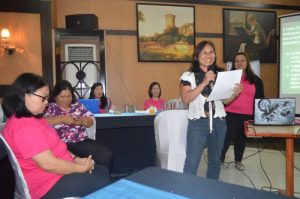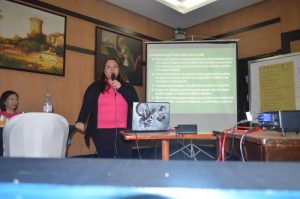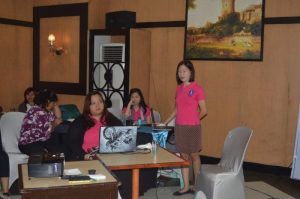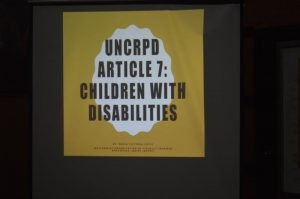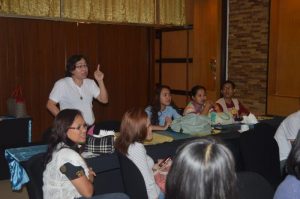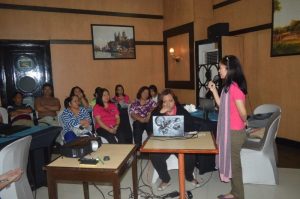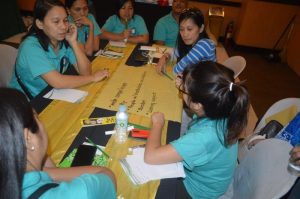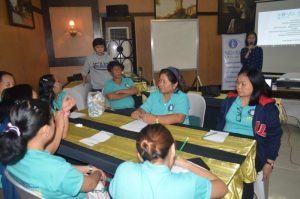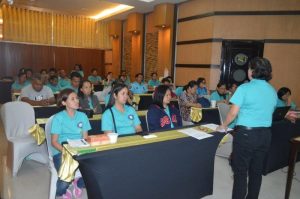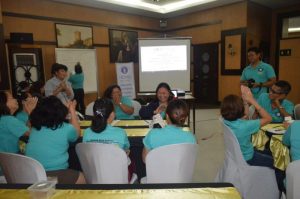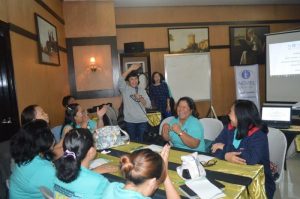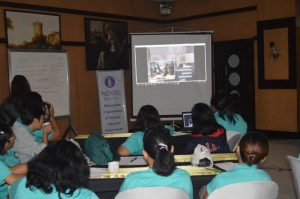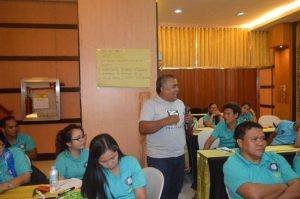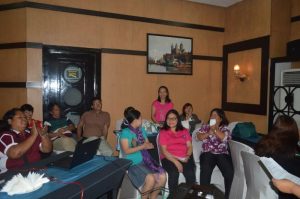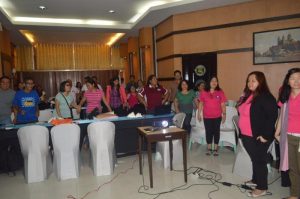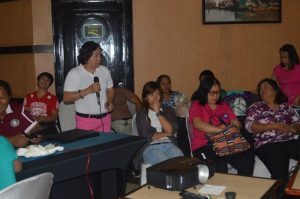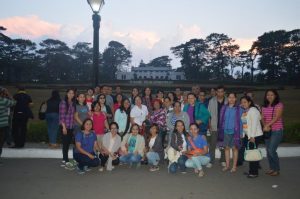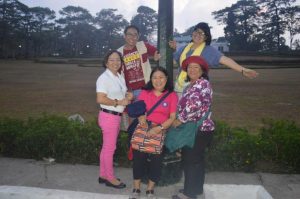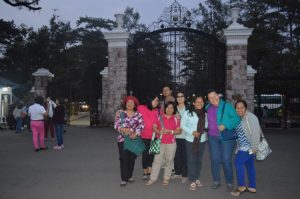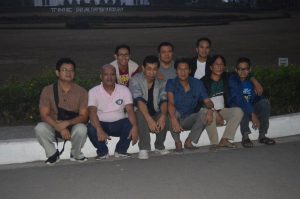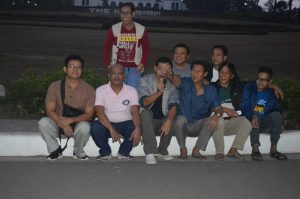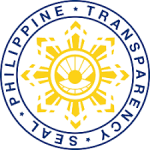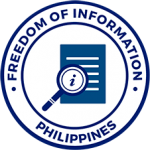PNSB Staff hold Zumba madness on Thursdays PNSB staff greeted...
Read More
GENDER AND DEVELOPMENT
Overview
The Magna Carta of Women (Republic Act No. 9710) defines Gender and Development Program (GAD) as the development perspective and process that is participatory and empowering, equitable, sustainable, free from violence, respectful of human rights, supportive of self-determination and actualization of human potentials. It seeks to achieve gender equality as a fundamental value that should be reflected in development choices and contends that women are active agents of development, not just passive recipients of development.
GAD focuses on Gender Mainstreaming or a strategy for:
- making women’s as well as men’s concerns and experiences an integral dimension of the design, implementation, monitoring, and evaluation of policies, programs and projects in all social, political, civil, and economic spheres so that women and men benefit equally.
- assessing the implications for women and men of any planned action, including legislation, policies or programs in all areas and at all levels.
GAD Background
Gender and Development was developed in the 1980’s as an alternative to the Women in Development (WID) approach.
Unlike WID, the GAD approach is not concerned specifically with women, but with the way in which a society assigns roles, responsibilities, and expectations to both men and women.
GAD Framework
GAD applies gender analysis to uncover the ways in which men and women work together, presenting results in neutral terms of economics and competence.
GAD focus primarily on two major frameworks, Gender Roles and Social Relations Analysis.
- Gender role focus on social construction of identities within the household, it also reveals the expectations from ‘maleness and femaleness’ in their relative access to resources.
- Social relations analysis exposes the social dimensions of hierarchical power relations imbedded in social institutions; also it’s determining influence on ‘the relative position of men and women in society. In an attempt to create gender equality, (denoting women having same opportunities as men, including ability to participate in the public sphere) GAD policies aim to redefine traditional gender role expectations.
Philippine Plan for GAD
Philippine Plan for Gender and Development, 1995-2025, is a National Plan that addresses, provides and pursues full equality and development for men and women. Approved and adopted by former President Fidel V. Ramos as Executive No. 273, on September 8, 1995, it is the successor of the Philippine Development Plan for Women, 1989-1992 adopted by Executive No. 348 of February 17, 1989.
GAD Policies
Executive Order No. 273 – Approving and Adopting the Philippine Plan for Gender-Responsive Development (PPGD) 1995-2025
Republic Act No. 8760 – General Appropriations Act (GAA) On Programs/Projects Related to Gender and Development (GAD)
Republic Act No. 9710 – An Act Providing for the Magna Carta of Women
Memorandum Circular No. 2011 – 01 – Guidelines for the creation, strengthening, and institutionalization of the Gender and Development (GAD) Focal Point System
Revised Guidelines for the Preparation of the Gender and Development (GAD) Agenda
Things that We Can Do to Help End VAW
https://pcw.gov.ph/2020-18-day-campaign-to-end-violence-against-women/
Woman/Girl
1. Empower yourself. Know your rights and available courses of actions in case these rights are violated.
2. Speak out and report to the authorities in case your rights are violated.
3. Encourage others to fight for their rights.
Man/Boy
4. Respect women and girls in your home, workplace, and community.
5. Join male groups promoting Anti-VAW efforts and participate in discussions to broaden your awareness on the advocacy.
6. Enlighten/advise perpetrators to seek help and join the male Anti-VAW supporters.
Government Agency
7. Equip yourselves with apt trainings and capacity development sessions to improve service delivery for your clients.
8. Develop monitoring and evaluation strategy to assess the service to your clients’ supporters.
9. Let people know that you provide the services! We need to inform the public that there are government offices that they can turn to and trust to assist them towards healing and seeking justice.
Barangay
10. Ensure that your Barangay VAW Desk is functional. You can use the Barangay VAW Desk Handbook developed by PCW and DILG with partner agencies to guide you on what to do.
11. Establish linkages with local and national government agencies, as well as other organizations near your barangay where you can refer victim-survivors of VAW for needed assistance which the barangay is not able to provide.
12. Promote harmonious family and community relationships in your barangay which is grounded on mutual respect for human rights, and take proactive steps to attain a VAW-free community.
Private sector
13. Support the Anti-VAW efforts of the government and your immediate community.
14. Establish your own Action Desks where employees and clients can go to in case VAW happens.
15. Develop internal rules to proactively ensure that your workplace is VAW-free.
Academe/Training Institutions
16. Include concepts of VAW and women’s human rights in lesson plans/lesson guides of your teaching staff
17. Continually conduct/spearhead anti-VAW advocacies in your campus, and if possible, to your immediate community through extension programs.
18. Setup a Committee on Decorum and Investigation (CODI) where students and employees can seek help.
news and events
PNSB strengthen its commitment on a campaign for a VAW-Free community
PNSB strengthen its commitment on a campaign for a VAW-Free...
Read MoreGALLERY
GAD 2020
GAD 2019
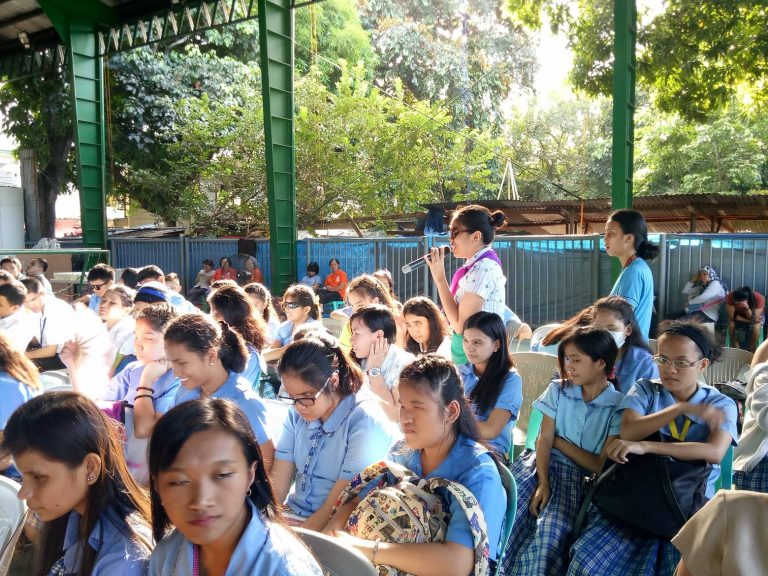


GAD 2018
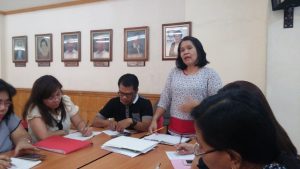














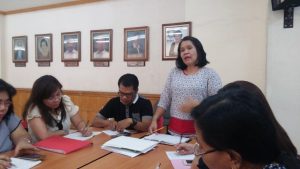














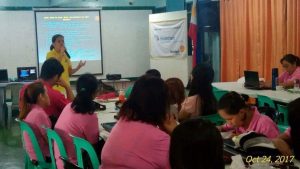



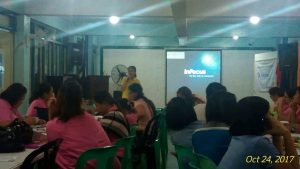



GAD 2017


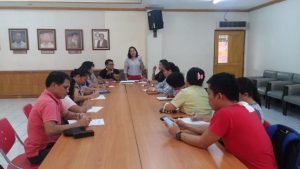





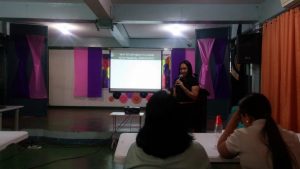




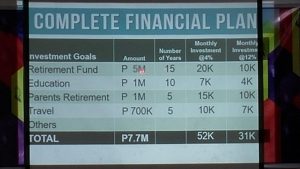
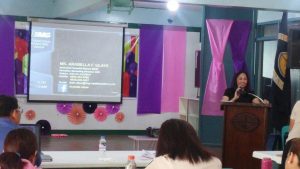

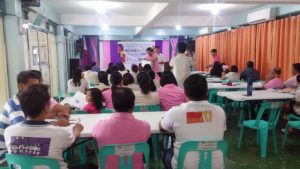




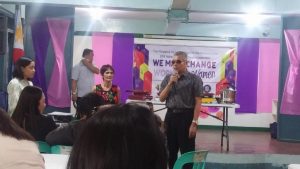







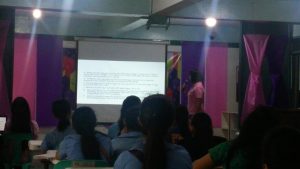











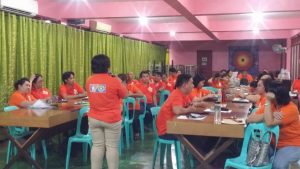
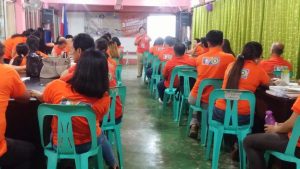







GAD 2016
